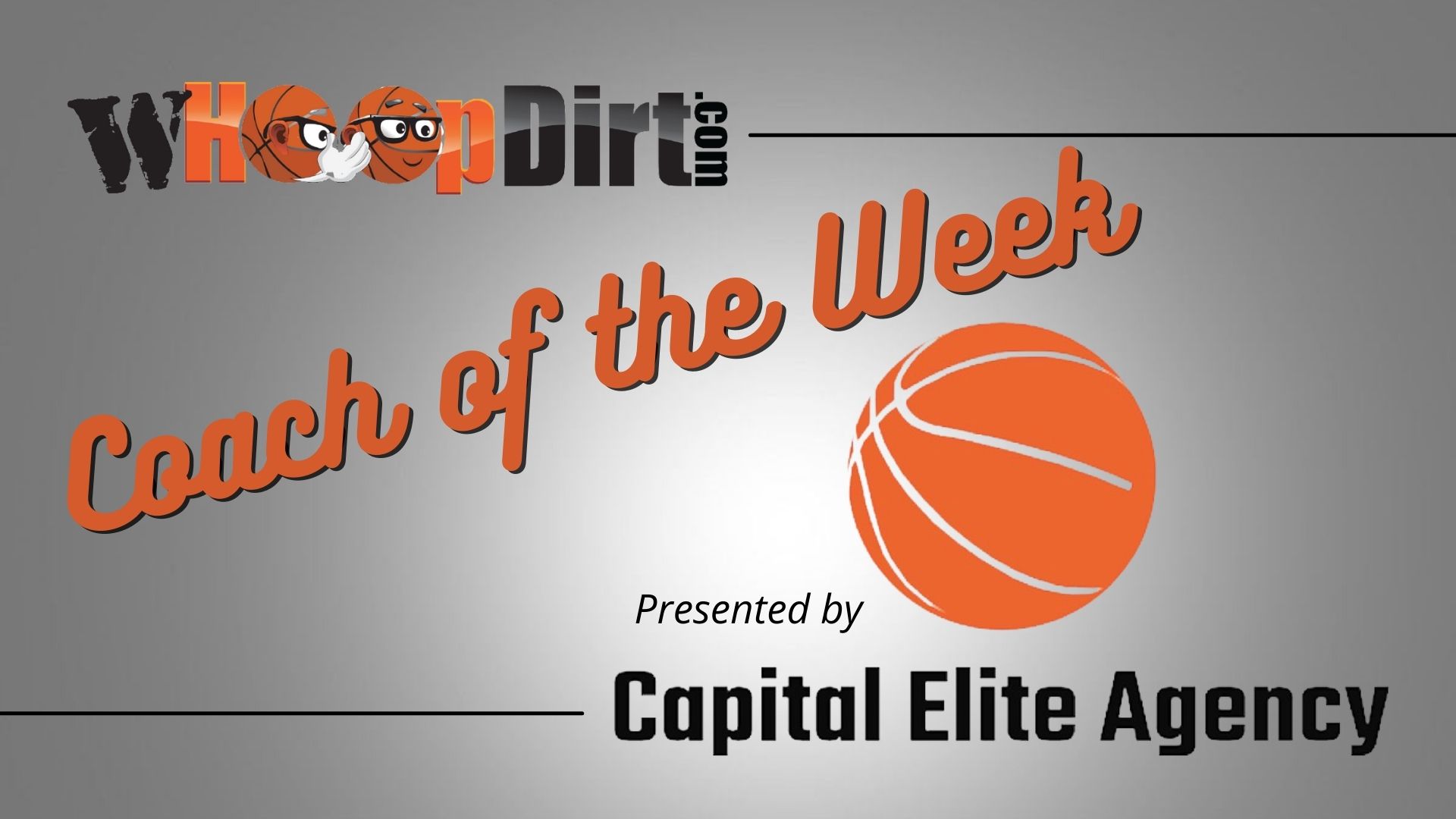-
Which energy system do you need to work in to maintain game shape.
-
How to optimize your nervous system for on-court performance.
-
How to recruit the correct muscle fiber type you use in a basketball game.
Basketball courts are shut down. Weight rooms are shut down. Literally everywhere in the world gyms are closed. So what do you do to maintain your strength and stay in condition?
That depends.
For most basketball players across the entire globe their season is over. So their training should be a bit different than, say, a pro player still optimistically eyeing a return to the court this season. So let’s start there. If your season is definitively over and you are looking for an offseason program check out this offering from the author.
To stay in game shape and be as ready as possible to return to the court in as close to game shape as possible we need to briefly talk about energy systems. What most people don’t realize is that moving your body for different durations of time requires the body to use different fuel sources to create energy.
If you think about a basketball game there are a few different scenarios to consider.
-
A transition basket after a missed free throw followed by a quick outlet and a subsequent transition basket from the opposing team. This sequence lasts no more than about 10 seconds.
-
Two to four possessions in a row without a foul or timeout. This could include a quick out of bounds play then continued action. This type of play lasts around 1-2 minutes.
These scenarios – or anything in between – make up over 95% of most basketball games. Fast, explosive movements in all three planes of motion, with short – or very short – rest periods then explosive cuts and drives again.
Let’s dig into it a bit more.
Energy Systems
The three main energy systems are anaerobic alactic (commonly called the ATP-CP system), anaerobic lactic (commonly called the glycolytic system) and aerobic. The anaerobic alactic system has energy stores for only a few seconds of work.
I know, not much.
The anaerobic lactic system uses glucose or stored glycogen and provides energy dominantly from 10-30 seconds … but still does a lot of the “heavy lifting” up to about ninety seconds. The aerobic system requires oxygen to create energy, and, therefore, isn’t good at providing energy at maximal intensities, but, rather, helps your energy production for longer tasks and at slower speeds.
Now, while that’s a very simplified breakdown of the energy systems one good thing to remember is that all three are always in operation. But depending on the effort you are exerting in a given moment and the amount of time you are working one energy system will be used more dominantly – and effectively – than the others.
In fact, the research shows that a basketball player relies on the anaerobic alactic system for 60% of all effort during a basketball game! The other two energy systems are both called upon for about 20% of all effort during a basketball game.
From this point of view it’s quite clear that basketball players should not be spending their time jogging miles and kilometers to “stay in shape” for basketball but rather training in the energy system that is predominantly used in basketball. Quick sprints, stop-and-go sprints, back peddling and similar work – with frequent rests – will train your body in the energy systems of basketball much better than steady-state cardio like jogging.
“Basketball players should not be spending their time jogging miles and kilometers to ‘stay in shape’ for basketball.”
In fact, I will go a step further and argue that basketball players should never do cardio of any kind. Cardio in the traditional sense.
Practical takeaway: Train in the energy system that is predominantly used in basketball. Do sprint work, lateral slides and back peddles at maximal or near maximal effort with frequent rests to simulate game conditions.
Nervous System
While most people think training is exclusively for our body, training is even more important for our brain. And what many people don’t realize is that our brain – and nervous system – remember intensity first and foremost. Now, intensity isn’t gusto as in training “balls to the wall grunting the whole time” but rather a measurement against your 1 rep max (RM).
The higher your intensity – or the closer to you get to lifting your absolute heaviest weight for only one repetition – the more motor units your body will have to recruit. A motor unit is a neuron and all the muscle fibers that that neuron innervates. One single muscle will have many motor units. For easier tasks less motor units are called upon. This is the body’s way of conserving energy and creating the path of least resistance. But, trying to jump as high as possible to snag a rebound or sprinting back on defense (every coach reading is now smiling) requires a maximal amount of motor units to be called upon to complete the task.
This is a huge reason why strength training is highly encouraged for basketball players and should be continued throughout this quarantine “offseason”. By training against resistance – a load – your body creates a high level of expertise recruiting many motor units. If you are using ground-based movements like every basketball player should be doing – squats, deadlifts, sled pulls and pushes, etc – those motor units are ready to work for you when your muscles are unloaded – running up the court, jumping, sliding your feet on defense etc.
“Strength should be considered fundamental to all other aspects of training and forms the foundation of most successful return to play approaches.” 1
Practical takeaway: Continue to weight train as much as possible during this time. It may be just pushups, handstand pushups against a wall, chinups using a tree branch, or whatever creative way you have found to maintain strength – but keep your strength up!
Muscle Fiber Recruitment
On top of training in the wrong energy system when you spend time doing cardio you are actually training your muscles to adapt to a more slow-twitch dominance. While most humans are predominantly fast-twitch in nature, some are slow twitch. But we all have some muscle fibers that can go either way depending on the way we train our body. So if you want to be an explosive athlete with a quick first step and great vertical jump, jogging, spending time on the elliptical or riding a stationary bike endlessly will only make you a slower, less-explosive basketball player.
“If you want to be an explosive athlete with a quick first step and great vertical jump stop jogging. It will only make you a slower, less-explosive basketball player.”
The SAID principle is one of the oldest – and most important – principles of training. It simply states that our bodies adapt to the demands that we impose on them3. If you go jogging (or cruise on an elliptical or bike, etc) you improve your ability to move at that speed. If you sprint and cut and jump you will improve your ability to sprint and cut and jump.
It’s that simple. Yet so many coaches still use a 1-mile time (or something similar) as a pre-season test for their basketball players. Coaches, when in a game do your players make significant plays at a jogging speed and jogging intensity?
The answer is no, they don’t.
Fast-twitch fibers can be recruited one of two ways – moving fast or moving something heavy. As we’ve seen above, fast twitch fibers are the predominant muscle fibers used in basketball due to the predominant energy systems and intensity of basketball movements. This is why strength training is critical for basketball players. The heavier objects we move the more motor units we recruit. And the more motor units we recruit the more muscle fibers we will recruit2. Translation? You’ll get bigger, faster and stronger. And when you get stronger the greater force you’ll be able to apply to the ground with the end product being you’ll be able to jump higher and run faster.
“Strength training is critical for basketball players.”
So it stands to reason that your training should resemble game situations. Yes, it’s tough without equipment – but there are things you can do that are superior to simply running a long distance at medium effort. This does not help you become a better basketball player in any way.
There is one exception, however. If you are coming off of an injury or are completely untrained it is good to establish a base of conditioning. Two to three weeks tops is really all you need though. Yes, in that short of time your body will adapt and the training stimulus of jogging disappears. After that you are wasting your time. Especially if you were already a high level basketball player before your injury.
Another thing to keep in mind is that your conditioning should be relative to the sport you are training for. Being a basketball player you shouldn’t be trying to improve your conditioning on a bike or swimming. You should be running. Running forwards, backwards, adding in defensive slides and similar movement related to basketball.
When you are conditioning, your body learns to supply blood to the working muscles, remove waste product from them, and fire those muscles in their appropriate sequence. Doing another form of conditioning – like swimming or biking – to get in shape for basketball is not ideal. Your body will get efficient at those modalities. I’m not saying you can’t do those things for enjoyment or as a form of cross-training. But for basketball purposes you are much better served on your feet pushing off of the ground, like you do in a basketball game.
All the best in your quarantine training!
Phil Gephart is a strength coach in Austin, Texas. He played professional basketball and specializes in working with basketball players during the offseason. For more information on his training programs – both in-person and online – check out his basketball offseason program and the basics of his athlete development training.






